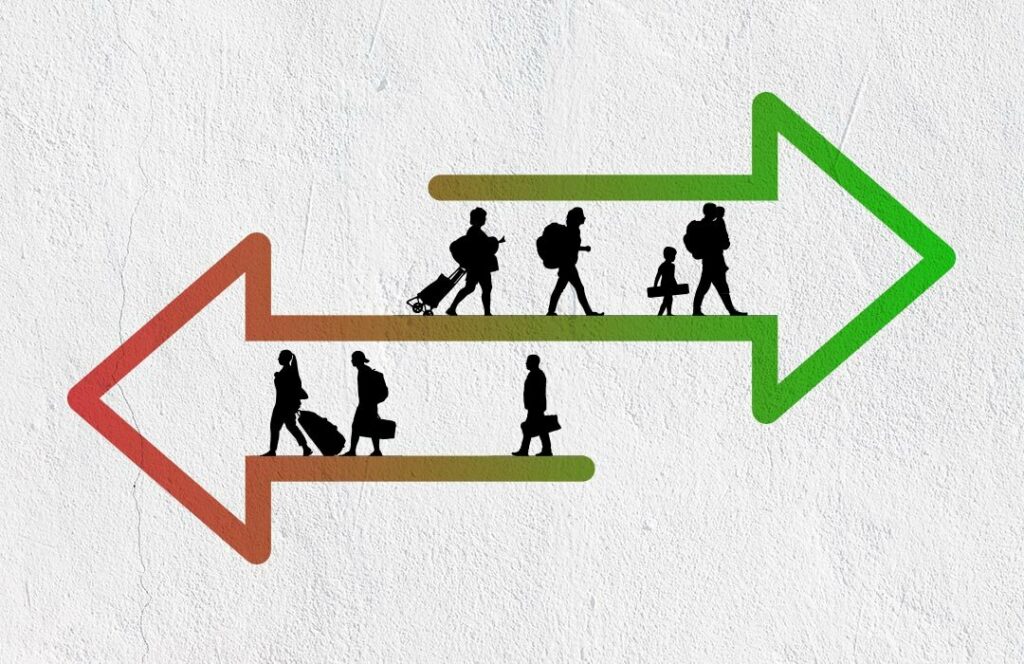Although it’s not the only one, climate change is increasingly recognized as one of the main drivers of migration by displacing people from vulnerable regions. Now, new research showed the influence border policy can have on climate migrants, with restrictive policies increasing vulnerability to climate conditions.

Migration decisions are often multicausal and rarely due to environmental stress alone. Climate change may influence migration both directly and indirectly through various means, including economic and political ones. Migration patterns can respond to extreme weather events and long-term climate variability or change.
Researchers from Princeton University suggested that when migrants are allowed to move freely, both them and the countries they came from are less vulnerable and better off financially. But if border policies are more restrictive, migrants become more vulnerable and have fewer chances to prosper economically.
The team included migration into a standard model typically used by policymakers to estimate the social cost of climate change. They focused on two questions: What does exposure to climate change mean for people around the world? Who would be able to move, and who would be constrained to stay?
“In discussions about international migration and global climate policy, it seemed that many were looking through the lens of the people coming in, focusing only on the destination country, and not what it would mean for both the migrant population and origin countries,” said Hélène M. Benveniste, co-author.
The model is known as the Integrated Assessment Models (IAM), and uses a simplified representation of migration. In their version, the team included dynamics for both migration and remittance, cash being exchanged between people in the two countries.
Remittance is an important feature of the model, as cash received from family members abroad can be a powerful resource in developing countries. Exposure to climate change was measured by a mix between how people might be affected by it, where these people are, and where they might go, as well as how much money they have.
The researchers first tested the accuracy of the model by looking at different border policies, making them both easier and more difficult to cross than they are today. They also looked at the effects of border policies on different income levels and on people’s ability to relocate. Then, using actual migration flows from previous studies, they made projections up until the year 2100. They used a “gravity model” and took into account economics, demography, migration, and income differences between places to determine the number of people that would migrate.
They found that vulnerability and exposure to climate change impacts were higher in developing countries. Most migrants during the 21st century moved to areas where they are less exposed to such impacts. The researchers couldn’t figure out how many of these migrants moved because of climate change, as many relocated for other reasons as well, including financial ones.
The results showed that open borders have a positive impact on developing countries themselves, especially in places like Central America, Southeast Asia, and small island nations. When people can move freely, they tend to send more money “back home,” which provides an important source of income for the country of origin.
“Considerations of unequal levels of development across regions are crucial to understanding international migration flows in conjunction with climate change damages. Indeed, reducing inequality between countries would also decrease the need and benefit to use international migration as an adaptation solution to climate change impacts,” the researchers wrote.
The study was published in the journal PNAS.






